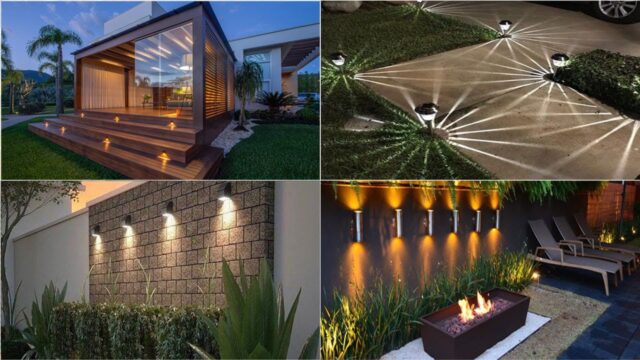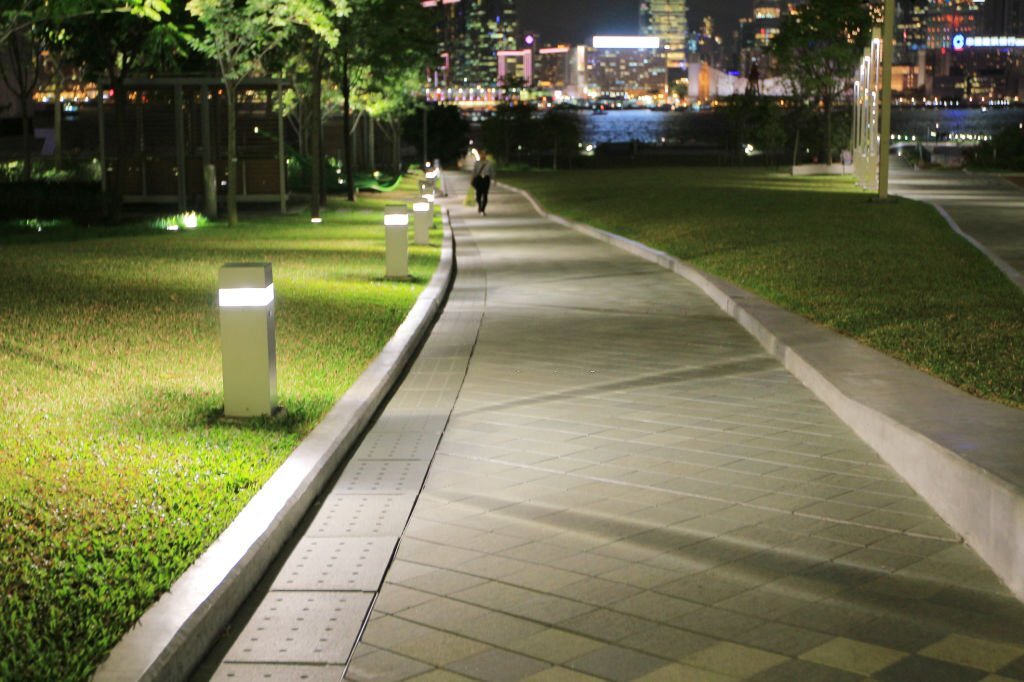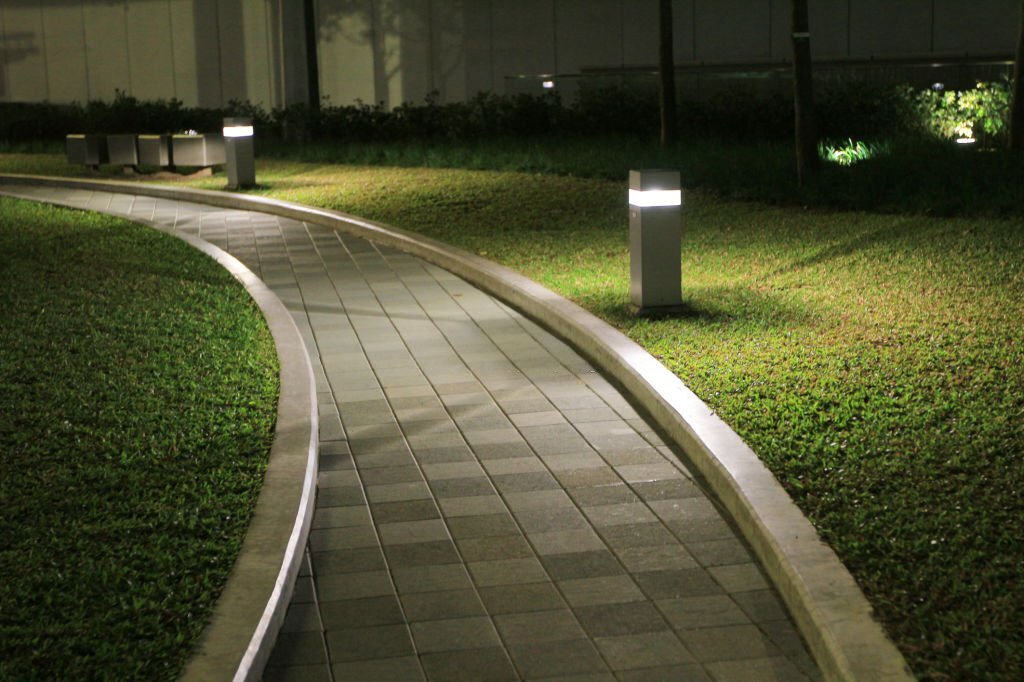There are many different techniques to use in your landscape and lighting designs. Accent lighting will draw attention to architectural features, while Grazing will create dramatic light and shadow play. A recent development in landscape lighting is Hardscape lighting. This type of lighting fixture is not as common as outdoor lights but can still be used to add dramatic lighting to your garden or landscape. If you are planning to install one, you should read up on some tips for choosing it and how to use it properly.
Symmetry Is a Core Design Principle.
Symmetry is one of the most important design principles in lighting and landscape architecture. The asymmetrical design creates visual stability and strong points of interest. Symmetry can be applied to both static and moving objects. An excellent example of this is the 960 grid system, which breaks down column widths and maintains balance while maintaining symmetry. Additionally, it creates a sense of motion in a flat medium. It’s also essential to create balance in a design. Symmetry creates a neat environment. It makes elements easier to find, and the human eye is naturally drawn to balance. Although there are two main types of symmetry, they differ slightly in their use. The asymmetrical design emphasizes a central structure and balances it with asymmetrical elements, such as trees or a central rock.
Accent lighting can highlight architectural features.
While landscape and lighting can draw attention to a home’s architectural features, they can also enhance a property’s ambiance. Accent lighting draws attention to specific objects or features, such as a statue, fountain, or tree. A well light can beautifully emphasize a tree or plant, while a directional luminary draws attention to a staircase or stone wall. In addition, lanterns and directional lighting can highlight a particular object or area. Accent lighting helps draw attention to architectural details, while deck and step lights provide safe passage on dark stairs. These lights are installed in the yard’s hardscape. Another primary type of landscape lighting is known as uplighting. Uplighting creates drama, particularly on taller structures. It can also highlight the trunk of a tall tree and the underside of its canopy. It can also highlight dramatic shapes that are hidden in the daylight. Uplighting is positioned behind the item, so the light source is hidden from view.
Grazing Creates Dramatic Light And Shadow Play.
The grazing technique uses the texture of the flat plane to make the landscape appear more attractive. It works well in hardscape yards, where the flat surfaces have unique features and textures. When used correctly, Grazing can make a landscape look upscale. It is often seen in hotel design. By placing the light at the object’s base, Grazing highlights its texture and avoids the use of bright light on the face. Grazing also helps highlight exciting textures and architectural elements, such as stone walls or fences. This technique emphasizes a feature’s texture and highlights its beauty by directing the light beam upward or downward. Landscape lighting that uses this technique can help define outdoor spaces and make the transition from indoors to outdoor living more seamless. It’s a simple technique that will create a dramatic effect in a landscape.
Hardscape Lights Are a Newer Type of Lighting Fixture.
A submerged spotlight will add drama to your backyard landscape. Hardscape lights are also an option for a more dramatic look. Submerged spotlights can be mounted below water features, such as fountains or waterfalls. Another newer type of landscape and lighting fixture is the hardscape light. These small lights with brackets and flanges graze the walls with light. If you choose to light for your outdoor space, don’t feel overwhelmed by the many choices! Experiment with each of these lighting fixtures, and don’t hesitate to ask for a second opinion before making your final choice. They are waterproof, and their pressure rubber gaskets seal the light fixture to prevent rainwater from entering the light. They offer 100 lumens of light at a wide angle and are perfect for accentuating retaining walls and illuminating large trees. They can also be mounted using traditional downlight or uplight systems. They are also compatible with 12-volt landscape lighting transformers and higher output 24-volt systems.
Cost of Installing Landscape And Lighting
The cost of landscape lighting varies depending on the type of lighting you choose and how much space you have to cover. Generally, a typical yard is 800 square feet, and this will require twenty lighting fixtures. Each fixture costs around $80 to $120, but the more premium fixtures you choose will add more than two thousand dollars. The following are some tips to keep in mind when calculating the cost of installing landscape lighting. To add landscape and lighting to your outdoor area, you will need to install any additional electrical outlet. If your transformer cannot handle the added voltage, you’ll need to purchase a new one or have your electrician upgrade it. That will add $300 and $1500 to the project’s overall cost. Adding additional electrical outlets will also add to the cost of your lighting fixture, as will custom drilling and cutting. The contractor will also need to clean the area afterward.





